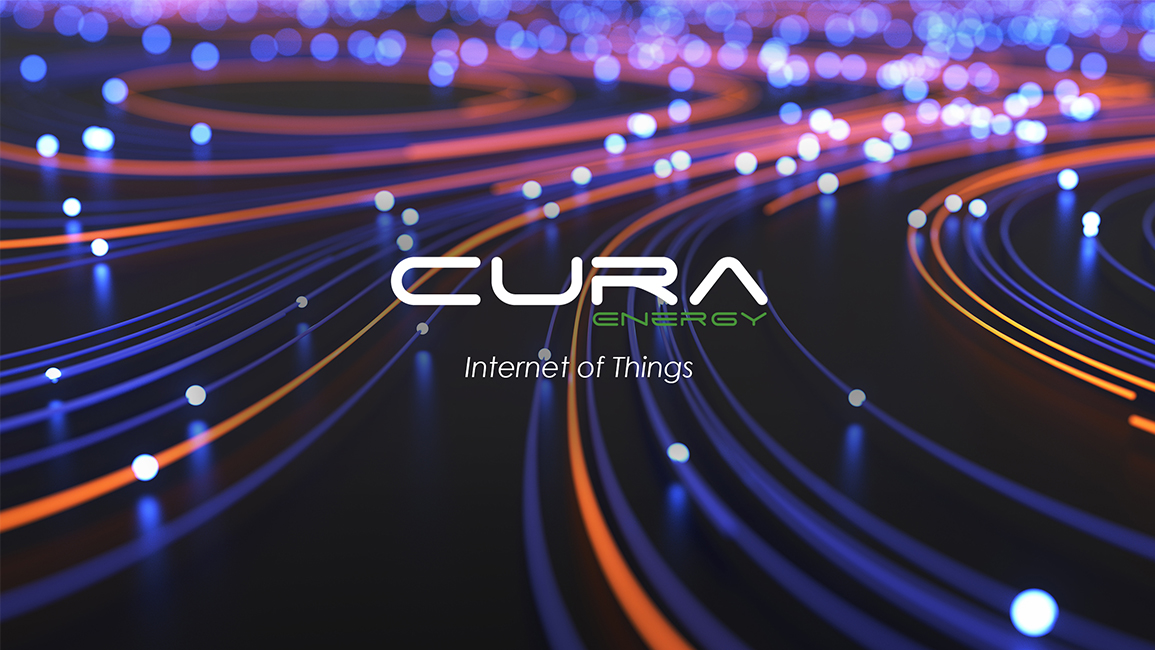IoT in the BMS Industry
Breaking down the all important relationship between IoT devices and the BMS industry.
The Building Management Systems industry is one that relies on innovation, which is how it has been able to sustain its growth as an industry over the years. And with innovation at the forefront, the BMS industry is now primarily focussed on developments within the Internet of Things, a complex network that has empowered usually inanimate devices to communicate their data directly with each other.
To find out why this communication between devices has proved so invaluable to the BMS industry, let’s first understand the relationship between them…
What is the relationship between Internet of Things and BMS?
BMS systems control HVAC operations, but Internet of Things networks take things one step further by using sensors to automate operations. By working with existing BMS, IoT can drastically increase the efficiency of heating, ventilation, air conditioning, etc.
Although, it is important to note that whilst IoT and BMS work well together, there are differences between them. These differences are what really highlights the substantial impact that IoT networks have on the world of BMS.
What is the difference between IoT and BMS?
Whilst both IoT and BMS are able to improve a building’s energy efficiency, they do it in different ways. With BMS, an engineer controls a building’s core operations using the BMS system, usually situated in a control room. On the other hand, IoT devices transfer data directly from their sensors to a cloud-based system, allowing building operations to be adjusted remotely and automatically. The intelligence of IoT devices is what makes them so impactful and complimentary to BMS industry.
Although, there are still advantages and disadvantages to incorporating IoT devices into BMS…
What are the advantages of using IoT in building management systems?
The automation of IoT devices is of great advantage to a building’s energy efficiency, saving up to 10% on energy costs. However, IoT devices not only have the advantage of improving a building’s energy efficiency, but also the advantage of improving the efficiency of its equipment. By incorporating machine learning into their functionality, some solutions can learn to detect abnormalities within a building’s operations and quickly flag them, greatly reducing the impact of faulty/broken supplies.
Due to lower running/installation costs, IoT devices are also able to monitor areas that BMS alone generally does not. With BMS being usually limited to HVAC operations and heavier machinery, the flexibility of IoT allows it to monitor areas like generators, car parks, pumping systems, etc.
What are the disadvantages of using IoT in building management systems?
The only disadvantage of IoT devices stems from their reliance on a cloud-based platform. Cloud-based devices have the unique disadvantage of sometimes being prone to tampering, including internet-based, network-based and hardware-based attacks. They also rely on internet connectivity, so outages in connectivity can present problems in IoT device functionality.
So, in conclusion, how important are IoT devices in the building management systems (BMS) industry?
IoT devices are so important to the BMS industry because they take efficiency to the next level. They automate operations that could previously only be managed from a control room using sensors that measure things like weather, temperature and air quality. They are also able to automate more areas of a building’s operations, extending the usual HVAC control of a BMS to include areas like generators, parking lots, pumping systems, etc.
However, it is still important to recognise that BMS and IoT technologies work together. A building can benefit from incorporating both into its operations. To hear more about what IoT or BMS can do for your building, give us a ring on (01634) 820783.
